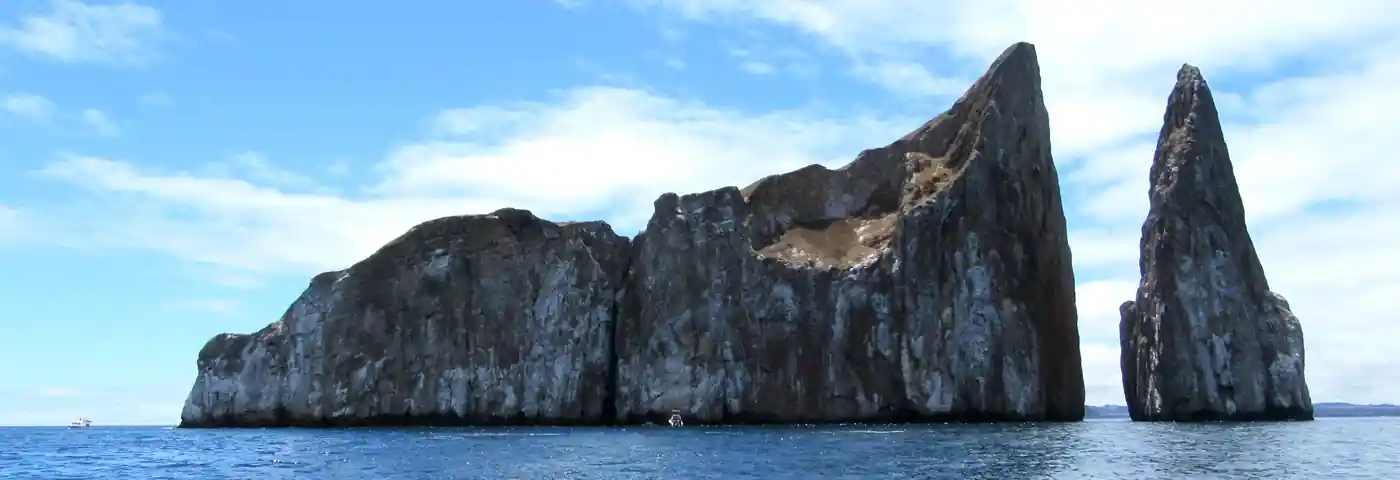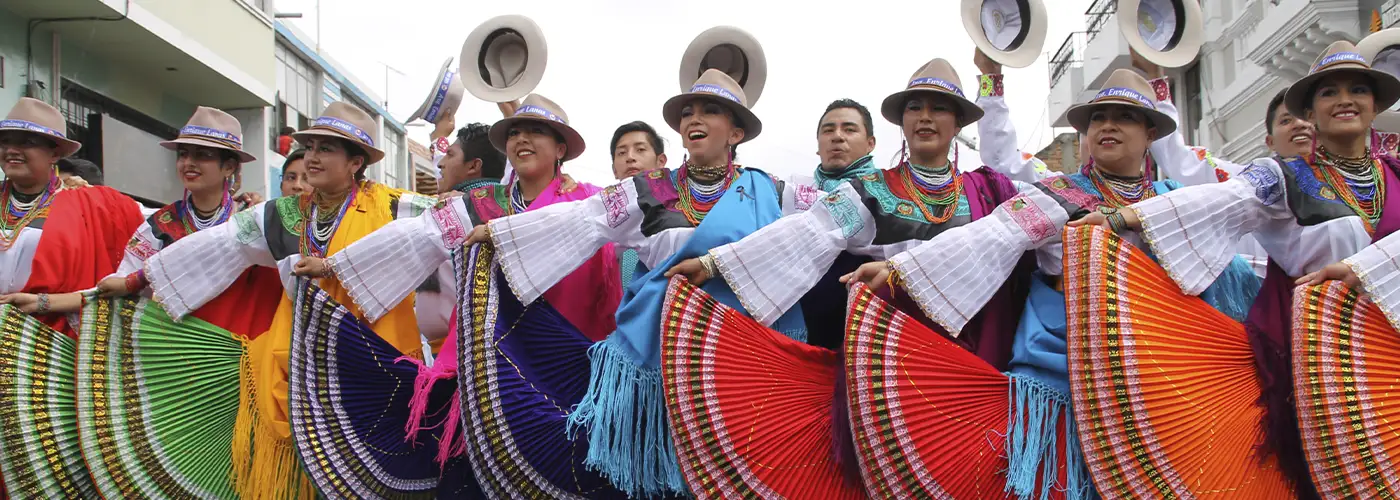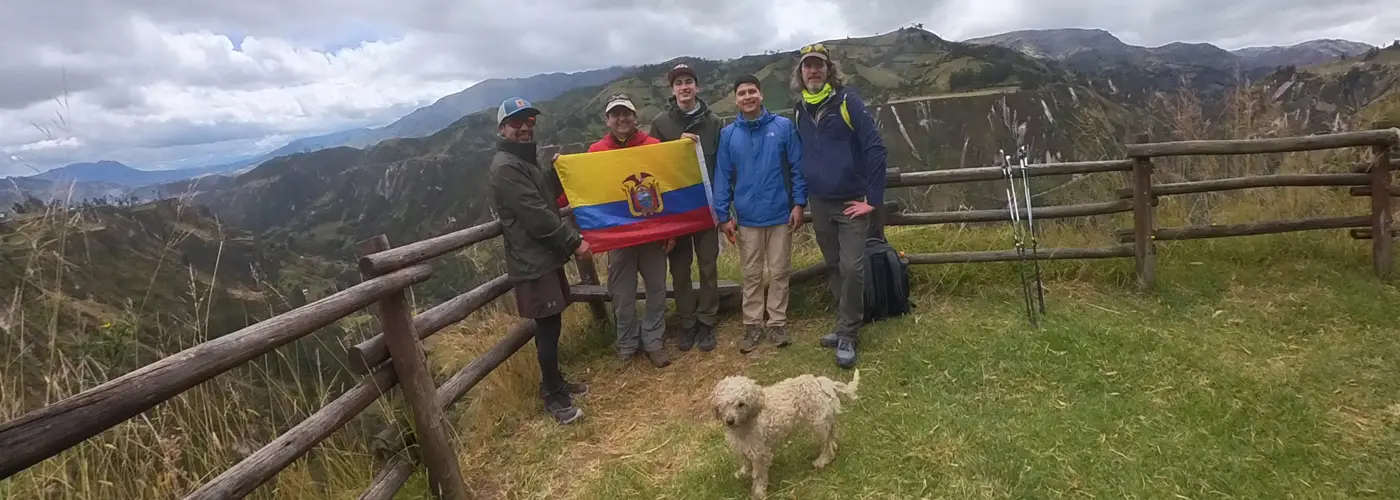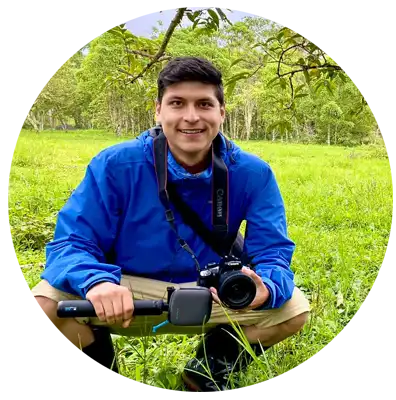
The Impressive Fire Mountains of South America
Ecuador’s landmass stands out as an extraordinary territory where the primal forces of nature meet the millennia-old wisdom of indigenous peoples. This small South American country hosts one of the most spectacular concentrations of volcanoes in the world, crafting a landscape where geology and spirituality uniquely converge.
Situated on the Pacific Ring of Fire, Ecuador’s geological activity has shaped not only its topography but also its cultural and spiritual identity. Since pre-Columbian times, indigenous communities have developed a profound bond with these colossal natural wonders, viewing them as abodes of ancestral spirits and inexhaustible sources of cosmic energy.
The Avenue of Volcanoes: Ecuador’s Volcanic Panorama
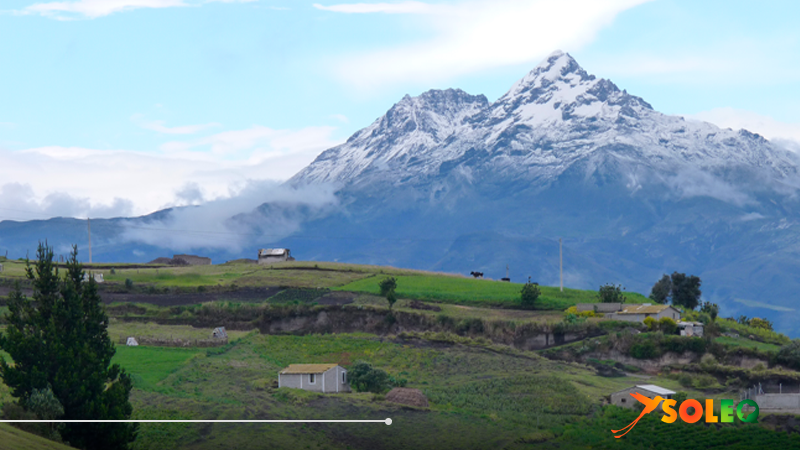
The famous “Avenida de los Volcanes,” a term coined by naturalist Alexander von Humboldt, stretches along the Ecuadorian Andes like a chain of geological jewels. This impressive mountain range contains over 50 volcanic structures, many of which remain active and closely monitored.
- Cotopaxi towers at 5,897 meters above sea level, claiming its status as one of the world’s highest active volcanoes. Its flawless conical silhouette, capped by a permanent glacier, has inspired both fear and reverence in local cultures for centuries.
- Chimborazo, at 6,263 meters, dominates the skyline and—due to Earth’s ellipsoidal shape—boasts the point on the planet farthest from its center.
- Tungurahua, affectionately known as “Mama Tungurahua,” exhibits constant activity, shaping the lives of surrounding communities for decades. Despite its intensity, locals in Baños and nearby villages have fostered a nearly familial relationship with this fiery giant.
- Reventador lives up to its name with frequent eruptions, creating a natural spectacle that intertwines danger and beauty in breathtaking proportions.
How Volcanoes Form: Geology and Scientific Monitoring
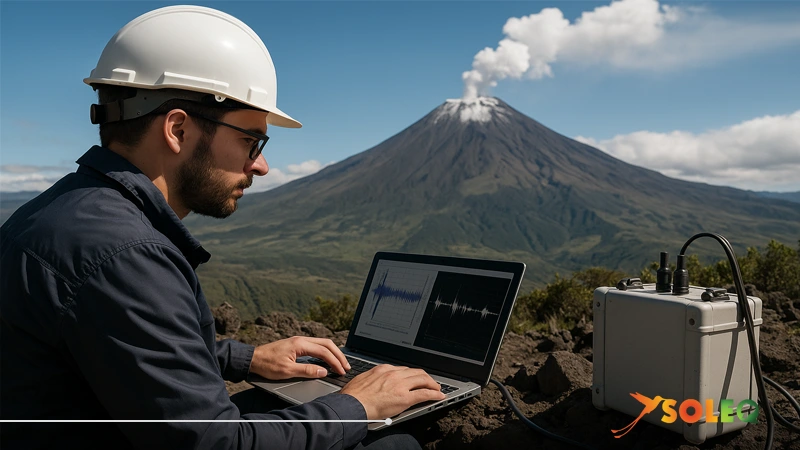
Ecuador’s complex volcanic activity stems from the subduction of the Nazca tectonic plate beneath the South American continental plate. This process generates the molten magma that shapes the iconic Andean volcanic landscape.
The Geophysical Institute of the National Polytechnic School (IG-EPN) is the institution responsible for volcano monitoring in Ecuador and uses state-of-the-art technology to detect signs of eruptive activity. Scientists use seismometers to record telluric movements, gas analyzers to measure volcanic emissions and thermal imaging cameras to detect temperature fluctuations in the craters.
These technological tools make it possible to establish early warning systems that have saved countless lives and demonstrate how modern science can complement traditional wisdom in coexisting with these natural giants.
Sacred Fire Mountains: Cotopaxi, Tungurahua, and Chimborazo
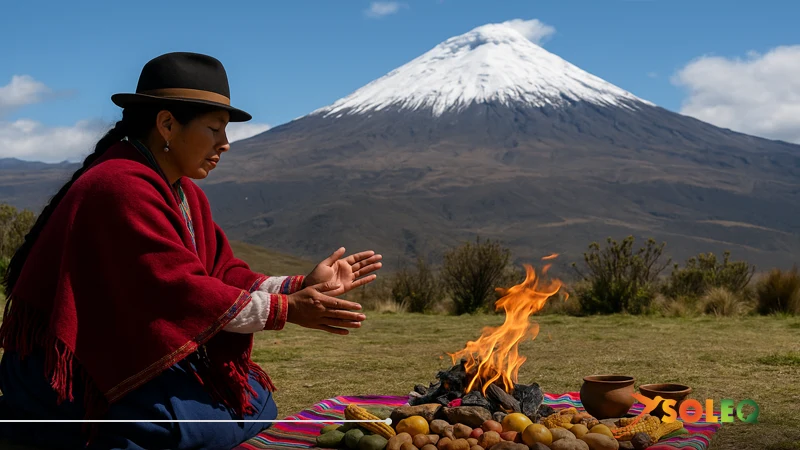
Cotopaxi: The Mountain of the Gods
Cotopaxi transcends its geographical presence to become a sacred entity within indigenous Andean worldview. Pre-Incan cultures referred to it as the “Neck of the Moon”, establishing a direct link between the volcano and celestial cycles that governed their lives.
Ancient rituals—including offerings of chicha, coca leaves, and finely woven textiles—were performed on its slopes. These traditions persist today in modern ceremonies where indigenous communities pray for protection and abundance. Climbing Cotopaxi is both a physical and spiritual journey, a chance for mountaineers from around the globe to connect with the telluric energy emanating from its depths.
Tungurahua: The Home of Sacred Fire
Mama Tungurahua embodies the duality of Andean nature: creation and destruction, fertility and threat. Local legends say the volcano houses a powerful goddess who protects the valleys but can unleash devastating eruptions.
During active phases, indigenous communities perform cleansing rituals and thanksgiving ceremonies—acknowledging that volcanic ash, though destructive, enriches soils with vital nutrients.
Chimborazo: The White Giant
While technically dormant, Chimborazo maintains an imposing spiritual presence in Ecuador’s sacred geography. Indigenous peoples honour him as “Taita Chimborazo” (Father Chimborazo), a masculine deity balancing the feminine energies of other sacred mountains.
His eternal glaciers symbolize purity and celestial connection, and ascending Chimborazo is regarded as a pilgrimage to the divine. Many shamanic rituals draw on its snow and ice, practiced for centuries.
Sacred Mountains and the Andean Worldview
The Andean cosmovisión regards volcanoes as physical manifestations of Pachamama, Mother Earth, who nourishes and protects all life. This holistic worldview transforms geological events into spiritual messages interpreted by ritual specialists.
Ceremonial practices include seasonal pilgrimages to specific mountain points, where communities bring collective offerings. These gatherings reinforce social cohesion and renew ancient bonds between humans and nature.
Volcanic spirituality also thrives in art, oral traditions, and festivals—preserving cultural memory across generations.
Volcano Tourism: Spiritual Experiences in the Andes
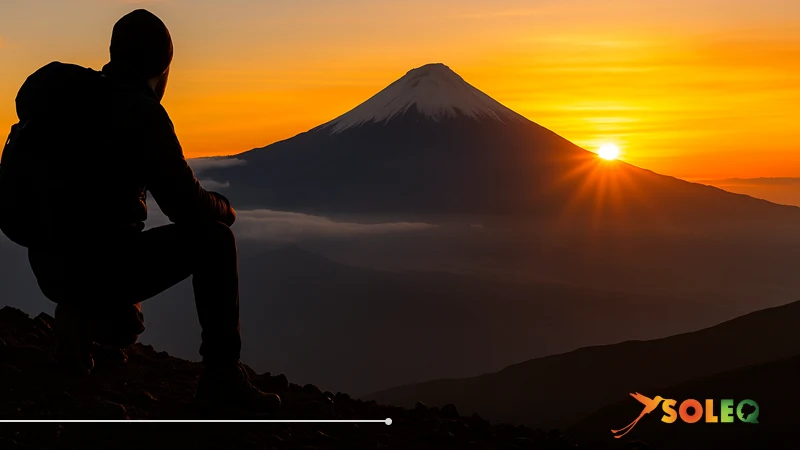
Volcano tourism in Ecuador offers rare opportunities to experience the intersection of nature and spirituality. One unique program invites visitors to journey with artist Valeska Peschke into Ecuador’s volcanic realm (link to volcanic tour).
Other options include summit climbs—like sunrise ascents of Cotopaxi—where breathtaking Andean vistas coincide with moments of deep introspection.
Local guides, many descendants of indigenous communities, enrich these experiences by sharing traditional knowledge, interpreting natural signs, and narrating mythical stories passed down through generations.
Such expeditions require careful planning around safety, weather conditions, and national park regulations. Permits—especially for night climbs—are essential for accessing extraordinary celestial views at altitude.
Safety and Preparedness: Living with Active Volcanoes
Living near active volcanoes demands integrated systems that blend scientific insights and ancestral wisdom. IG-EPN operates permanent monitoring stations, transmitting real-time data and enabling evacuation protocols.
During the Tungurahua crisis (1999–2016), communities showcased remarkable resilience—combining technical measures with spiritual rituals. They developed risk management strategies that emphasized both material preparation and the importance of maintaining social cohesion and cultural identity during emergencies.
Ecuador: A Unique Destination for Sacred Volcanoes
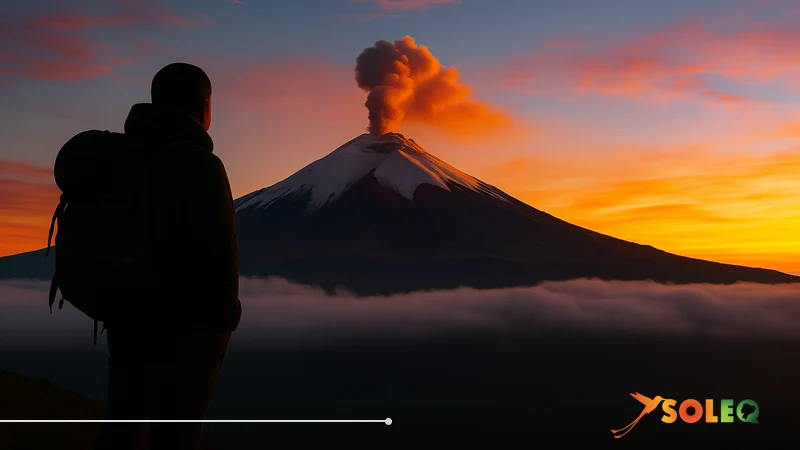
Ecuador emerges as a unique land where geological power and spiritual depth intertwine—offering transformative experiences to those who dare to explore its volcanoes. The ancient partnership between human communities and these natural giants has created invaluable cultural heritage—a legacy now accessible to visitors (link to personalized Ecuador trips).
The invitation stands: embark on a conscious journey where every step on volcanic terrain becomes a chance to connect with primal forces shaping both landscape and spirit—discover Ecuador’s sacred volcanoes in a way few places in the world can offer.



